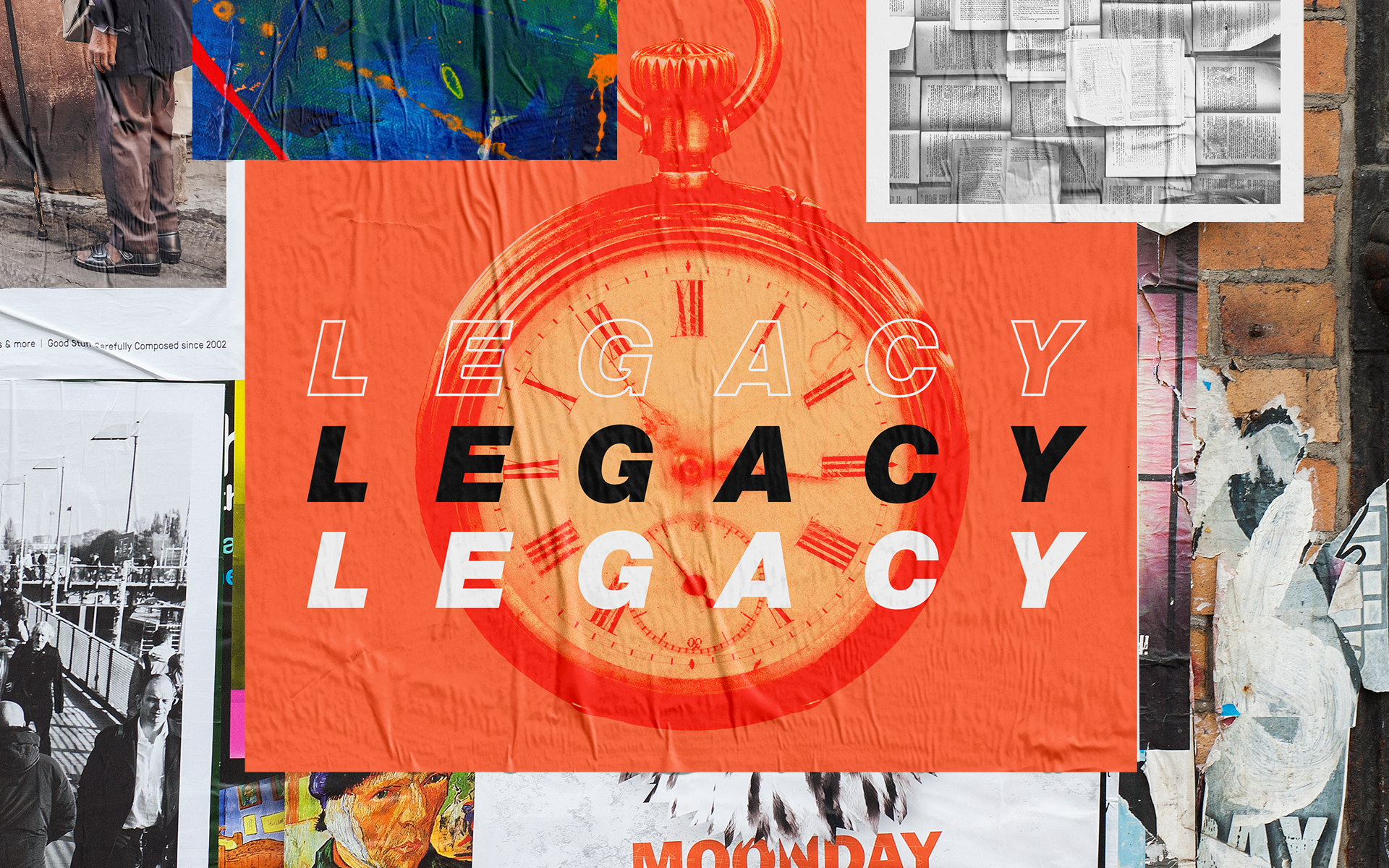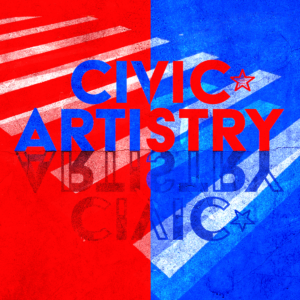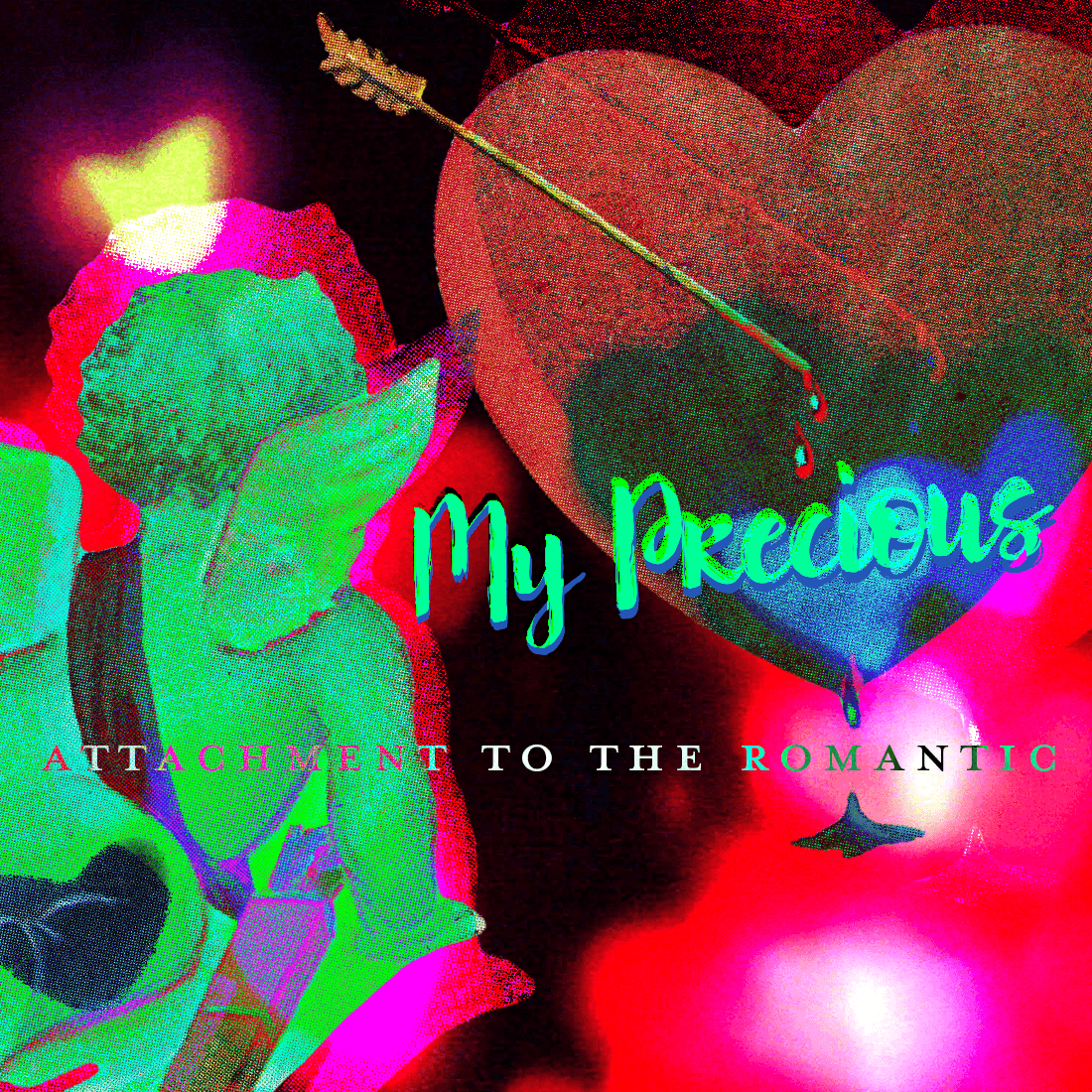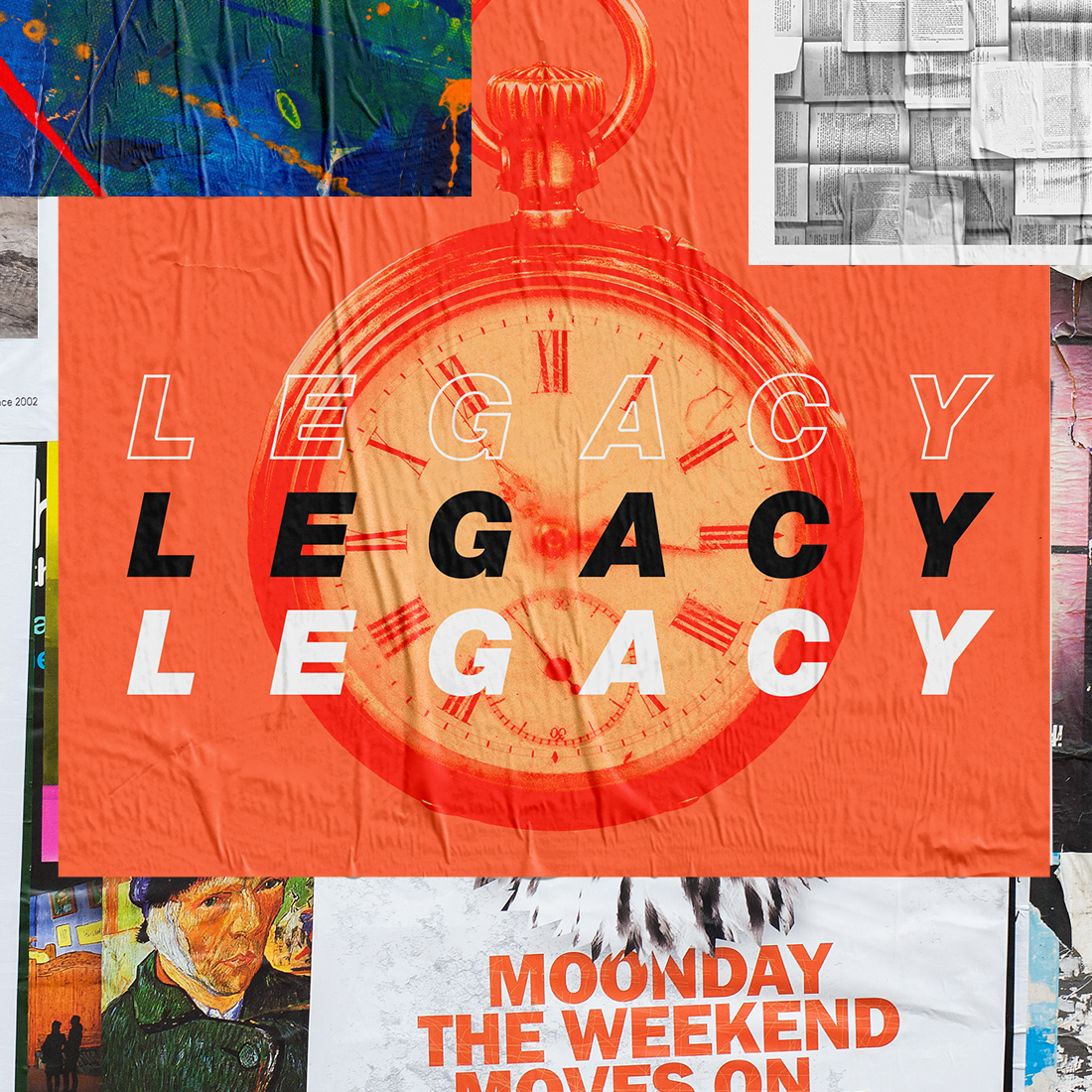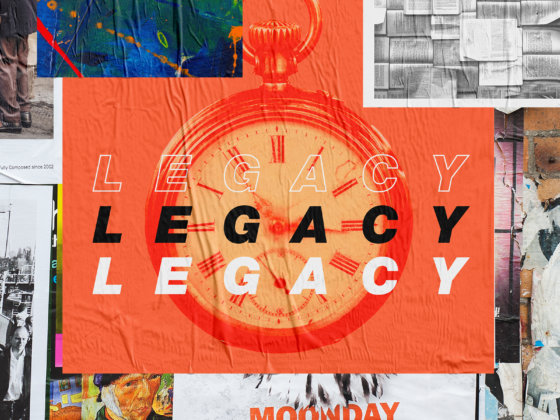NORA ROSENGARTEN

In this issue, we talk to Matt Storm, a D.C.-based photographer and artist, about his photography practice and its many legacies, ranging from a photo series which explicitly deals with questions of identity and inheritance to the baggage of photography as an artistic discipline. Matt’s projects, especially his Passing of a Patriarch series, interrogates the viewer’s assumptions around these legacies. The series is especially effective because it does not prioritize one form of inheritance over another, instead commingling and melding together.
Hi Matt, thanks for making the time to do this interview!
Can you tell us something about your photography work? What motivates you as a photographer, and what kind of narratives interest you?
Matt Storm
For my work in general, I would say it’s all about representing, sharing, and maybe even feeling things accurately, as opposed to precision. Much of the history of photography has been focused on precision: crispness, focus, framing, lighting, and especially the proliferation of digital work today — like [the] iPhone portrait mode. I, personally, am not really interested in precision. I’m interested in accurate replication of a feeling or experience evoked by an image.
How do you usually choose a subject? Do you have a goal with your photography?
Matt Storm
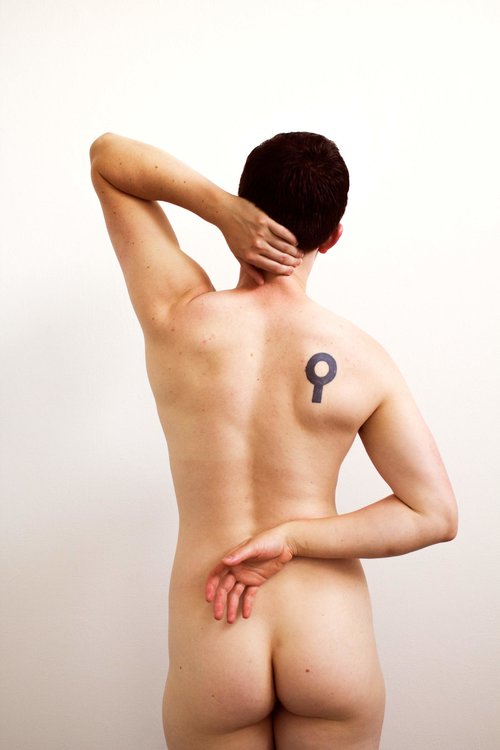
My work usually focuses on something I want to share, and something I hope to understand more about. For example, I have one series that [consists of] photos of my body in the studio because I think there is a dearth of authentic imagery for looking at and understanding bodies, especially trans bodies. My contribution to that is to produce photos of my body in the studio. Generally, photography has the power to make things visible, and, in doing so, expose the operations of power structures.
How does ambiguity of identity play into photography specifically?
Matt Storm
For me, the ambiguity of identities is central to my artistic process, but in a digital world way as opposed to a film world way. By digital world, I mean that we are inundated with the barrage of images that are uploaded to the public realm at every moment. This quantity of images, I think, is the best way to decentralize meaning, by overwhelming it with data points. Our cognitive faculties haven’t quite caught up to making sense of these images as a whole — maybe one day that will change — but for now we aren’t there.
In my work, I try to mimic this quantity by creating through and around many identities: I have projects where I use other names, and the name I use for my art is not my legal name, or the name I use in my professional life. These are separate personas. In some of my art, I even have one persona for myself as the artist and another for when I am a character in the art, in other works I am dressing up as someone else, and in other works I question whether my body is the core limit of my identity, and whether a body can even be the source of identity. In this piece about my grandpa [Passing of a Patriarch], I’m exploring another element of this dynamic — performing a kind of “identity drag.”
Can you talk a little bit about this project of yours, Passing of a Patriarch?
Matt Storm
Passing of a Patriarch is a series of photographs of me dressed as my grandfather in his home. Because my grandfather passed away [in] Winter 2017, the experiences and feelings I wanted to explore dealt with loss and identity. The pictures were taken in the Spring of 2017, and, through these photos, I came to an understanding of who he was and how he influenced me. It was a mashup of him as, on the one hand, an ultra-conservative man, and on the other, a man with a trans grandson who he cared about and had a relationship with. What does that look like? What elements of his legacy do I keep? How do I feel about it, how do I see and understand the discontinuity of these facts?
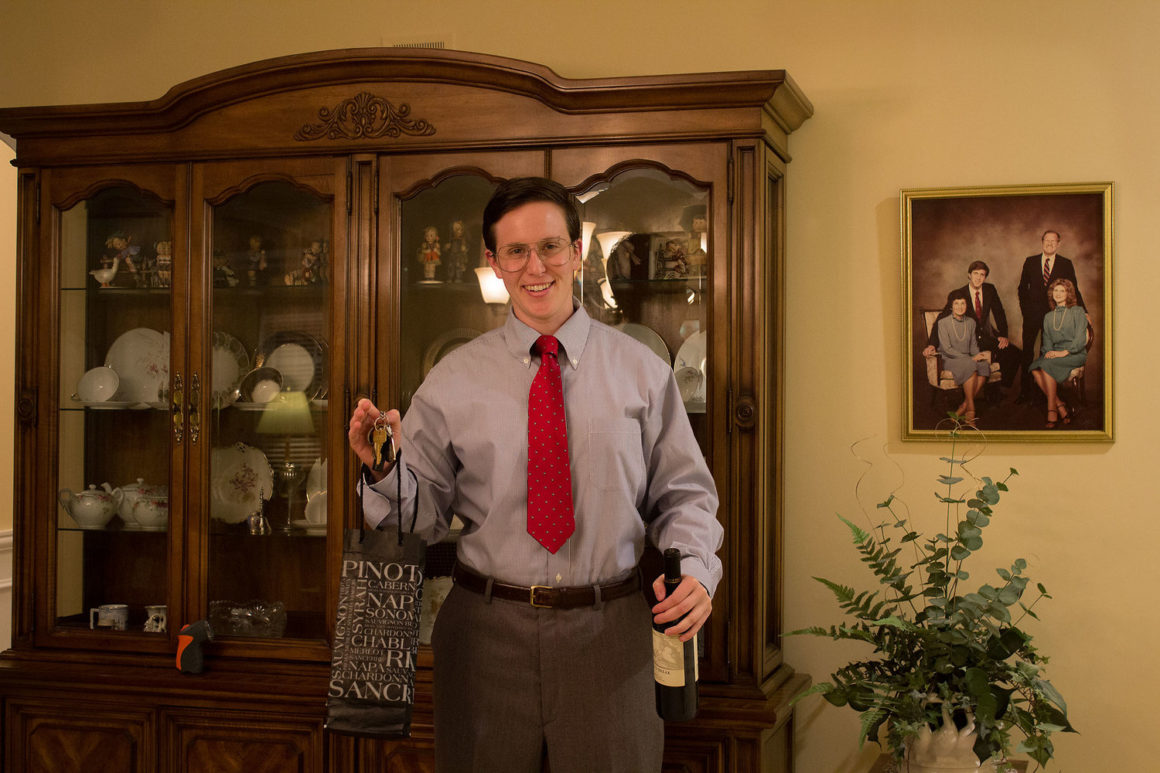
What inspired you to make this series?
Matt Storm
My origin point for this work was the queer and trans tradition of dressing up in a family member’s clothing, and trying on a new identity. Whether you’re three years old or twenty years old, whether it’s your family members’ clothes, or your roommate’s clothes, the changing of clothes becomes an extension of trying on a new personality or identity. Some of it was just this gut sense that I had to do this project before the Valentino tie went to Goodwill, and the photos were a way to keep the memories without needing to keep them close and present all of the time. Some of it was that it had to be a photo project, because these clothes don’t fit me in real life. For a photograph, with posing and angles, I was able to make it seem as though they fit me.
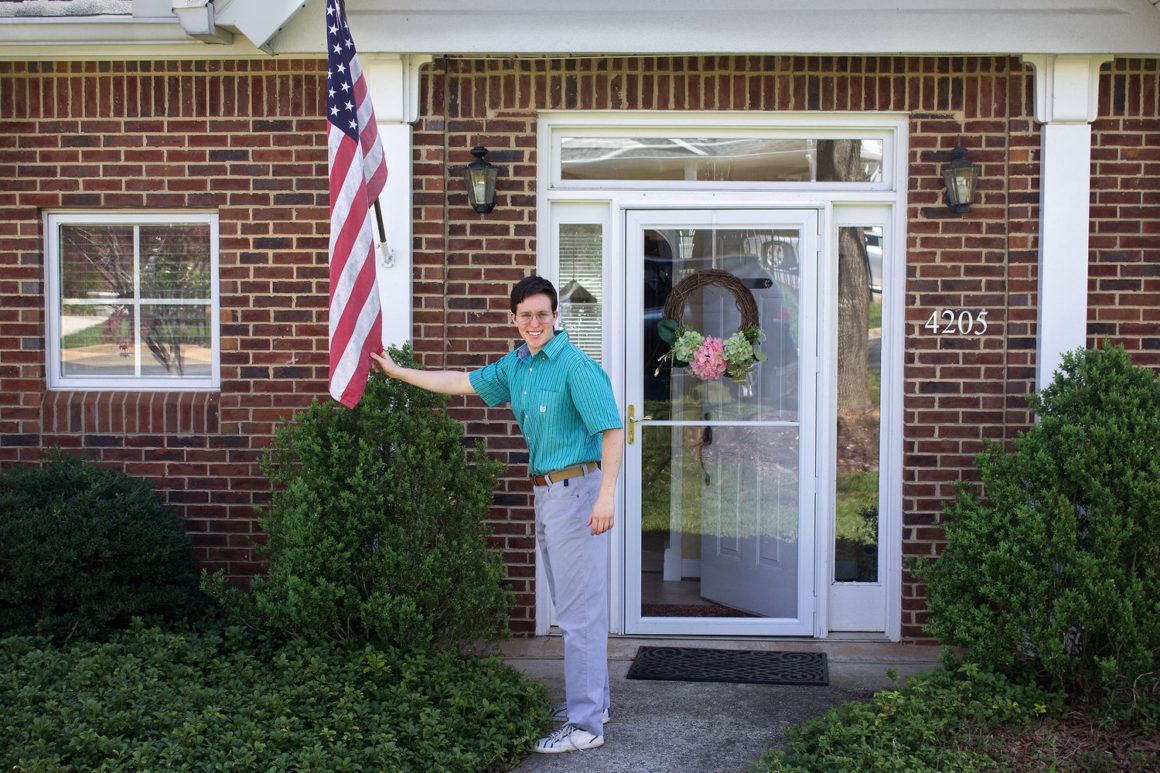
How did you choose each scene? Were you recreating specific memories?
I wanted to capture a set of general (rather than specific) memories I had of my grandfather; the way he would react if a family member walked into a room while he was there. Taking the photographs really did teach me things about him as a person. His forced smile, his regal posture, shoulders squared to the person he was facing — performing these behaviors made me realize how he was intentionally constructing an image of himself. If someone is posing in this way when a four-year-old comes into their bedroom and sees them shaving, that person definitely has a constructed persona of self, or a well-buttressed persona about them. That understanding was interesting to me, that this person really lived like that, that he felt the need to be so dignified and composed, perhaps due to how he grew up or experienced the world.
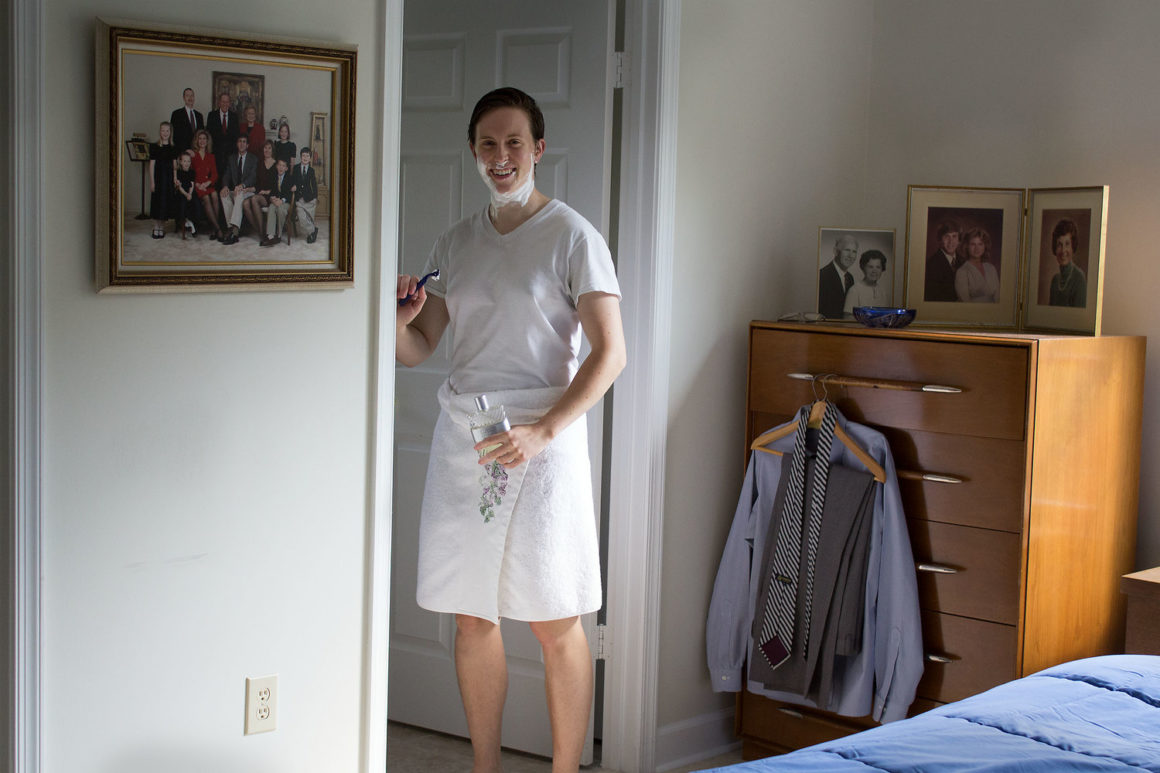
You mentioned that you choose things you want to work on to gain understanding.
What kinds of understanding were you seeking in the Passing of a Patriarch photographs?
Matt Storm
Good question. During the project, I was so completely engrossed in it that I was operating mostly on instinct. But looking back, my motivation was to understand my grandpa’s impact on me, and identify what elements of him and his legacy I want to be a part of me. I would say that he was someone who had a very strong personality influence on me, but there were also elements of his personality I don’t want to emulate. By deliberately trying these attributes on, I came away with a fuller understanding of him as a person.
We either think of inheritance as explicitly connected to the body, in terms of genetics (e.g. you have so-and-so’s nose, or eyes), or as a material object with sentimental or economic value. Looking at your series, you’re playing with both: you are wearing material clothes, but you’re also acting out as him on an emotional and bodily plane.
I definitely look like my grandfather. Especially with the great combover I had going in these images, and my grandpa’s glasses (I couldn’t see at all while wearing them). Before each shot, I’d go over to the mirror to practice my posture and hair, to get it right before the photograph.
Speaking of— who takes the pictures?
People are always surprised about this: I do! I use a timer. In the history of family photos [and] the language of family photos, the timer was an obvious choice. The project would have no integrity it its means of production wasn’t within that family photo language. The camera was sitting on my grandfather’s tripod, and was on a ten-second timer. I hit the shutter, ran across the room, jumped over the ottoman and then posed to take the photo. It took about 50 photos to get one that worked.
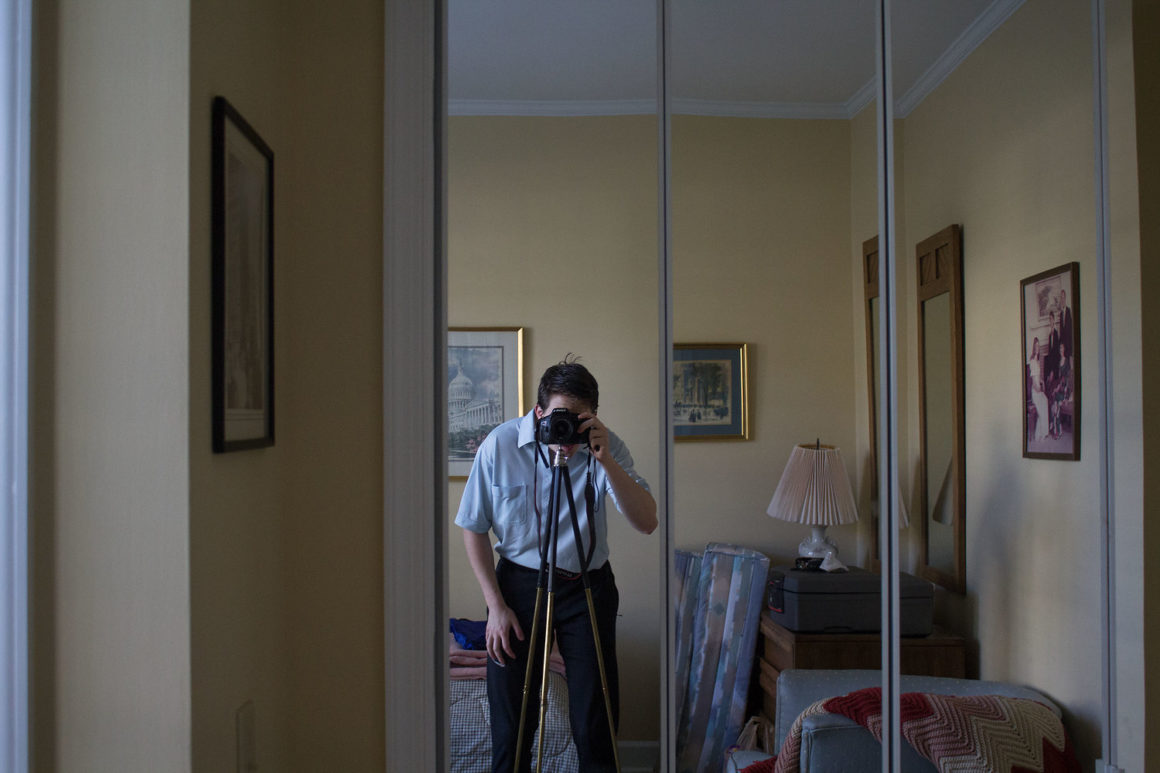
How do reverence and irreverence play into the images in this series?
Matt Storm
I think reverence and irreverence and moving between the two — that is, acknowledging authority and centers of power visually while also dancing around them — offers opportunities for alternate sources of meaning. For example, in many of my body-works pieces, I use classical and art historical body positioning, but it is my trans body. In these works, I am putting this upper-middle-class Reagan-era home and traditionally conservative lifestyle on display, while also interrogating it. The home, the clothes, they do look out of place now, and I look out of place in it. Viewers who look at my work now probably do not identify with this setting either.
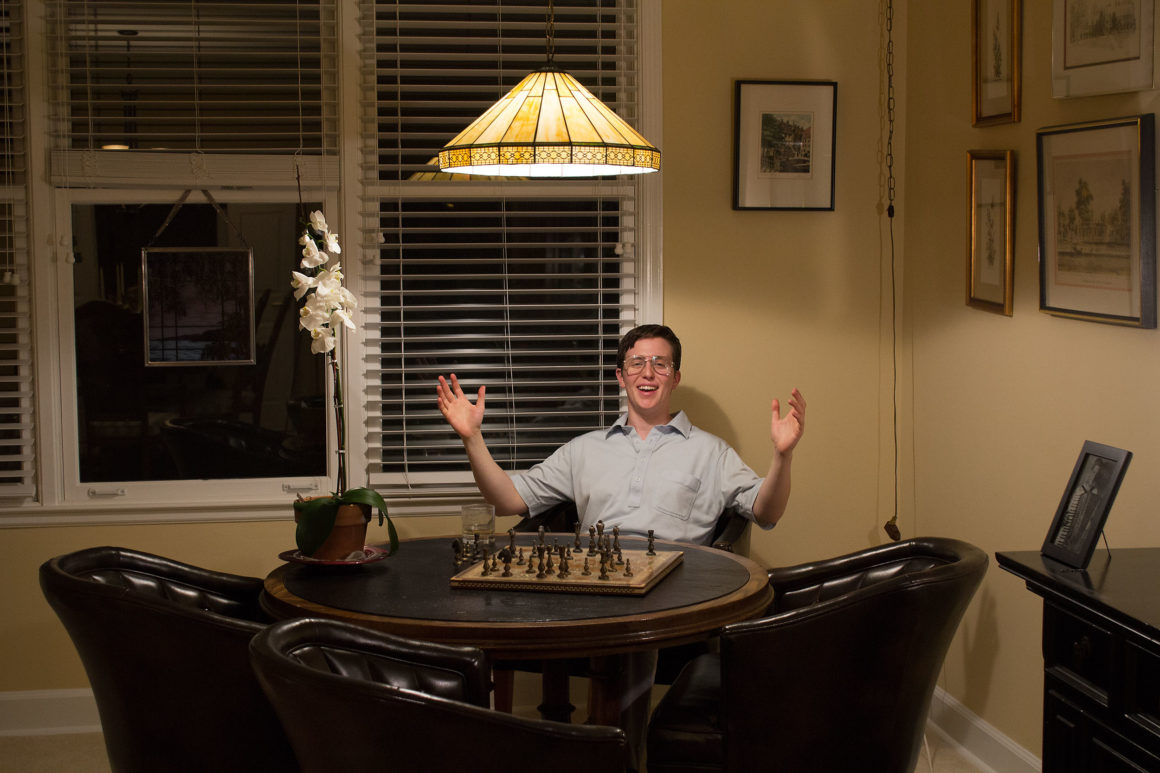
It’s a very specific memory — almost like a scent! These furnishings and clothes are so familiar. Even not knowing the background, perhaps not even knowing about the relationship with your grandfather, I was able to realize these things were not yours.
I always think about my audience, which is probably composed of a wide variety of people. Some of the people who view my work come to it from a trans or queer perspective. And other people come to my work as photographers, steeped in the history of photography as a discipline. For those who are neither of these core viewerships, I try to find a relatable entry point to my work. I think taking care of aging family members, and taking photographs in a space that may not have had any fresh air in twenty years, a space that is immediately both familiar and disorienting… I think many viewers can relate to that.
How does your own identity play a role in these photographs and your photographic process more broadly?
Matt Storm
I am transgender. I think there’s a really linear narrative which can be sometimes emphasized in the medium of “boy born in girl’s body, fights medical system, finds friendly doctor, gets to take hormones, gets to become themselves in their new body.” My personal trans narrative has been much more back-and-forth. I’ve always been really butch, and wasn’t even aware what trans was until I was 19. It immediately was the right fit, but I played women’s sports in college, so I didn’t medically transition until after college. And even then, when I began taking hormones, I was living in rural New Hampshire and then Vermont, where pharmacies were super difficult and harassed me — one even came up with a fake local law to not have to provide me with hormones. Anyway, eventually it was too stressful, so I went off of hormones for a long time.
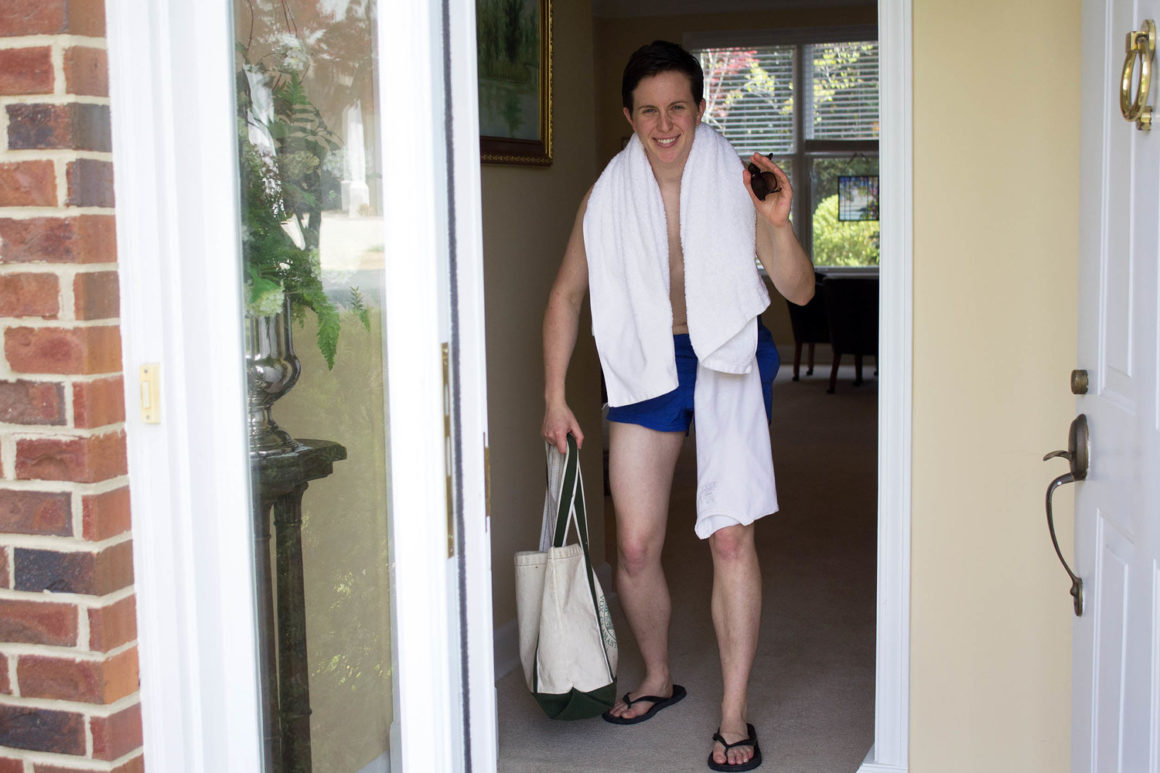
Around the time I started making these photographs, I was just starting to go back on hormones. Maybe because I’m getting older, and I have less baby fat on my face, I was beginning to be recognized in public as a man, after having lived in a gray zone for a long time. I had [the] awareness of looking like my grandfather literally, in terms of resemblance, but also on another level: beginning to interact with the world as a white man. Thinking about what are more and less responsible and aware ways to do that, and how to acknowledge the privilege that people who read as white men get, and how to be more conscious of my presence in both public and private spaces. Some of that was also prompting me to think about my grandfather’s visual legacy, and the ways I do and don’t want to display power in situations.
Who are some artists that have influenced your work?
Matt Storm
The artists I owe the most to in terms of complex portrayals of identity are mostly black women: Renee Cox, María Magdalena Campos-Pons, Renée Stout, Lorna Simpson, Alison Saar, Carrie Mae Weems, Mickalene Thomas. These are the artists who have built the canon and educated the public on how to understand and interpret works which are about nuanced identities. Without their work, nothing I’m making would be legible. My art gets to happen because of the contributions of these artists.
https://www.youtube.com/watch?v=_5a5xFt1CnQ
Renee Cox | Sacred Geometry | Source: © Renee Cox
What are you working on now? Do you have future projects which are connected to Passing of a Patriarch?
Matt Storm
The next step in this project is that I’ve been taking some photos of me as myself with my grandma in the same house. In these photos I’m me: what does it look like for me in my flannel with my messy hair to be filling up the bird feeder while my grandma considers what she’ll have for lunch today?
Another related project — and the reason my hair is so long — is that I’m planning to take photographs of me dressed as my mom with my mom as herself. I’m very invested in this identity breakdown, and my personal approach is [about] generating a plethora of identities; a persistent multiplicity of identities so that it is impossible to connect me to a single identity.
I also want to be careful to not say that the only way to make art about identity is to lose identities or invent new ones. Many artists producing works about identity today are focused on the specificity of their identities. Renee Cox, for example, often works a lot in self-portraiture, and she creates works which engage with black womanhood as a core topic. Her work is extremely powerful in its ability to have both a central identity and within that selfhood also open up an infinite range of experiences and selves. I don’t want to say that the only productive identity work out there is shying away from engaging with identity; in fact some of the most powerful work is critically engaging with identities.
Are there any ideas or artistic practices that bring you hope and optimism as an artist?
Matt Storm
It goes back to destabilizing authority and power by making things that cause people to feel unstable, or are in the realm of “not-understanding.” Leaving a self, or changing a self, or being outside of one’s self is another way to make it harder for power to reach you or act upon you. Being “un-pin-downable” — there is power in that. When Susan Sontag was dying, she wrote that she wasn’t “here” — that is, in her body that was dying in the hospital — but instead she was “there” — in her writings and opinions and distributed self. That, to me, is a show of the ultimate productive insolence. We can ignore the rules of the universe, to which we are ultimately beholden, even just for a moment. While power itself will, fundamentally, continue to be powerful — even if it shifts forms over time, there is optimism in imagining, performing, and photographing the infinite other possibilities.
Thank you so much for your time!
All photos courtesy of Matt Storm. Readers can find Matt’s work at mattstormphoto.com and at @mattstormphoto on Instagram.
Matt Storm
is a photo-based artist, making photographs, performances, installations and sculptures in Washington, D.C. Storm’s work critically engages with the theme of identity, and the question, “who are we, and how do we know?” He approaches this question through portraits of himself and others, and his images reference transgender and queer issues, the physical self, family, and community. Matt has shown work in solo and group shows in Massachusetts, New Hampshire, New Jersey, New York, Oregon, Vermont, and Washington D.C. Storm majored in Studio Art at Dartmouth College, and has lived at the Marpha Foundation in Nepal and the Fine Arts Work Center in Provincetown, MA. He currently serves on the leadership team of the LGBTQ Caucus of the Society for Photographic Education.

